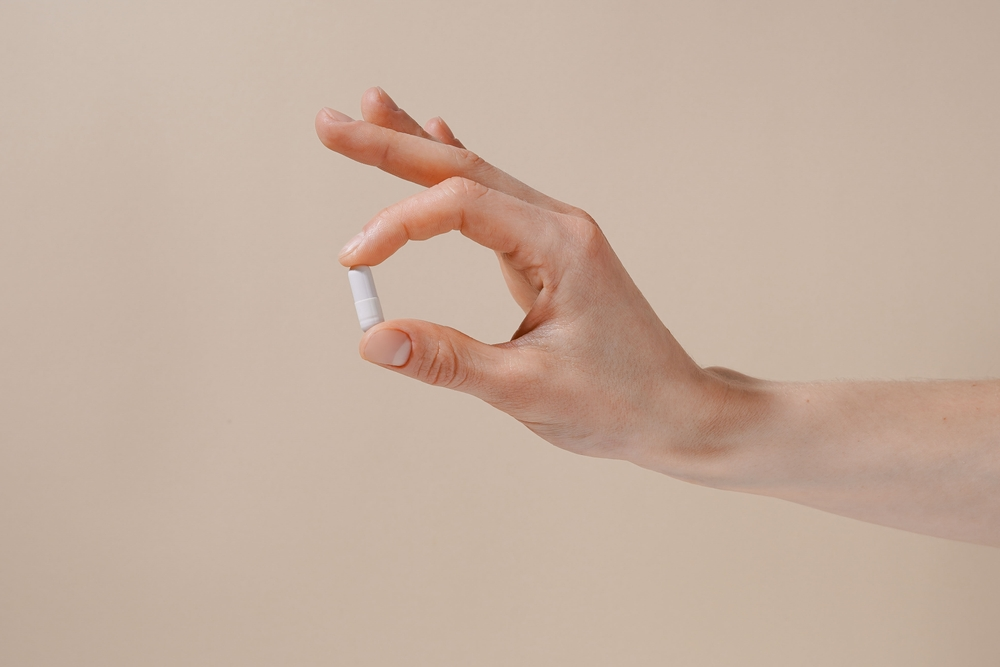In a pioneering move that could redefine the pharmaceutical landscape, scientists at Friedrich-Alexander-Universität Erlangen-Nürnberg (FAU) and the Bavarian Laser Centre (blz) are delving into the potential of 3D printing for creating customized pills. This innovative approach aims to simplify medication intake, especially for those who juggle multiple medications daily.
With nearly a third of Germany’s population dependent on daily medication and a significant portion taking three or more different drugs simultaneously, managing correct dosages can be daunting, especially for the elderly or those with cognitive challenges. The solution? Custom-made pills that encapsulate all necessary medications, reducing the daily pill count to just one.
While 3D printing has already made significant inroads in various industries, including the medical sector for crafting tailor-made prosthetics, implants, and dental aids, its application in drug manufacturing is relatively new. The allure lies in the ability to combine multiple active ingredients and adjust dosages to cater to a patient’s specific needs, making treatments more personalized, streamlined, and safer.
Traditional 3D printing methods, such as Fused Deposition Modeling (FDM), layered active ingredients akin to icing a cake, limiting the intricacy of structures within the pills. To overcome this, the collaborative research between FAU, blz, University College London, and the University of Santiago de Compostela has birthed a novel method.
Initiating with powdered active ingredients like paracetamol and caffeine, the team combined them with a non-active carrier powder. These ingredients are meticulously layered and subjected to a laser, fusing them into a cohesive pill. This technique eliminates the need for absorbent particles, previously essential for controlled laser energy utilization.





